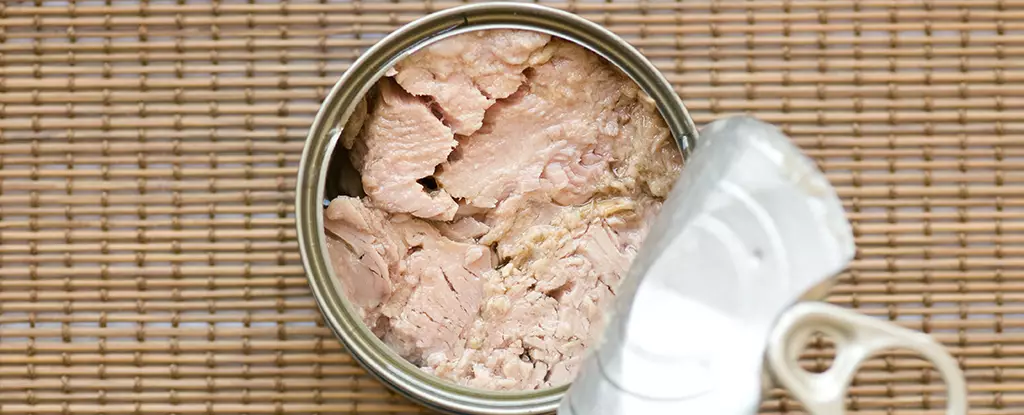The nutritional advantages of incorporating fish into our diets are undeniable. As a cornerstone of the Mediterranean diet, fish is heralded for its omega-3 fatty acids, which contribute to heart health, cognitive function, and overall well-being. However, the shadow of mercury contamination looms over our enjoyment of this dietary staple, causing both concern and caution among consumers. Recent groundbreaking research from Swedish scientists has opened new avenues for mitigating mercury levels in fish, specifically canned tuna, a variety notorious for its high mercury content.
The Challenge of Mercury Contamination
While enjoying a delicious seafood meal, many individuals remain blissfully unaware of the potential risks associated with mercury consumption. This heavy metal accumulates in the tissues of fish over time, primarily due to environmental pollution. When large fish eat smaller fish, mercury bioaccumulates, leading to dangerous levels, particularly in species such as tuna. Although occasional fish consumption is relatively safe for most people, guidelines strongly advise limiting intake for vulnerable populations, including pregnant women and young children. Thus, the need for a reliable method to reduce mercury levels in fish takes on considerable importance.
A Revolutionary Approach: Cysteine Treatment
The Swedish University of Agricultural Sciences and Chalmers University of Technology have unveiled a remarkable solution to this pressing problem by employing the amino acid cysteine. Through experimentation, the researchers found that when tuna is submerged in a solution containing cysteine, levels of mercury could be reduced by 25 to 35 percent. This breakthrough hinges on the biochemical properties of cysteine, known for its strong affinity for mercury. By effectively binding to mercury, cysteine facilitates its removal from the fish into the liquid solution, a finding that echoes previous studies exploring mercury detoxification.
Chemist Przemysław Strachowski articulated the significance of this method, stating that it allows for a safer consumption of fish while minimizing industrial burden. The simplicity of this approach means that it could potentially be integrated into standard packaging processes without necessitating extensive adjustments in production. This could revolutionize how we perceive the risks associated with mercury in fish.
The Practical Implications of Mercury Reduction
One vital aspect of this study is its emphasis on practicality. The research indicates that tuna treated with a cysteine solution showed no apparent alterations in appearance or smell, addressing a common concern among consumers regarding the palatability of processed foods. Moreover, the mercury extraction was effective over a sustained period, lasting up to two weeks. This sustained efficacy invites optimism about the commercial viability of such a method, nudging us closer to safer seafood options.
The wider implications of these findings cannot be overstated. If adopted on an industrial scale, the cysteine treatment could serve as a powerful tool not just for local consumption but also for global markets where fish is a primary source of nutrition. This intervention could significantly bolster food safety and public health, allowing consumers to enjoy their favorite seafood dishes with greater peace of mind.
Looking Forward: A Promise of Safer Seafood
While the current findings are promising, Strachowski underscores the necessity for further research to fully understand and develop this method for mass application. The adaptability of the cysteine solution presents a novel method for addressing concerns about mercury contamination without imposing overly restrictive dietary recommendations. What this signifies for future food safety measures is a shift toward proactive rather than reactive strategies, fostering an environment where health and enjoyment can coexist.
Food scientist Mehdi Abdollahi echoes this sentiment, emphasizing that there are alternative pathways to mitigate mercury levels in seafood without solely relying on limiting consumption. Such innovative strategies could significantly enhance the safety of fish intake worldwide, benefitting millions who depend on fish as a primary protein source.
In essence, the work being done in Sweden not only addresses immediate public health concerns but positions us for a future where the benefits of fish consumption can be enjoyed without the undercurrent of mercury fears. The evolution of how we package and treat fish could very well redefine our dietary standards and reinforce our commitment to healthful living.


Leave a Reply